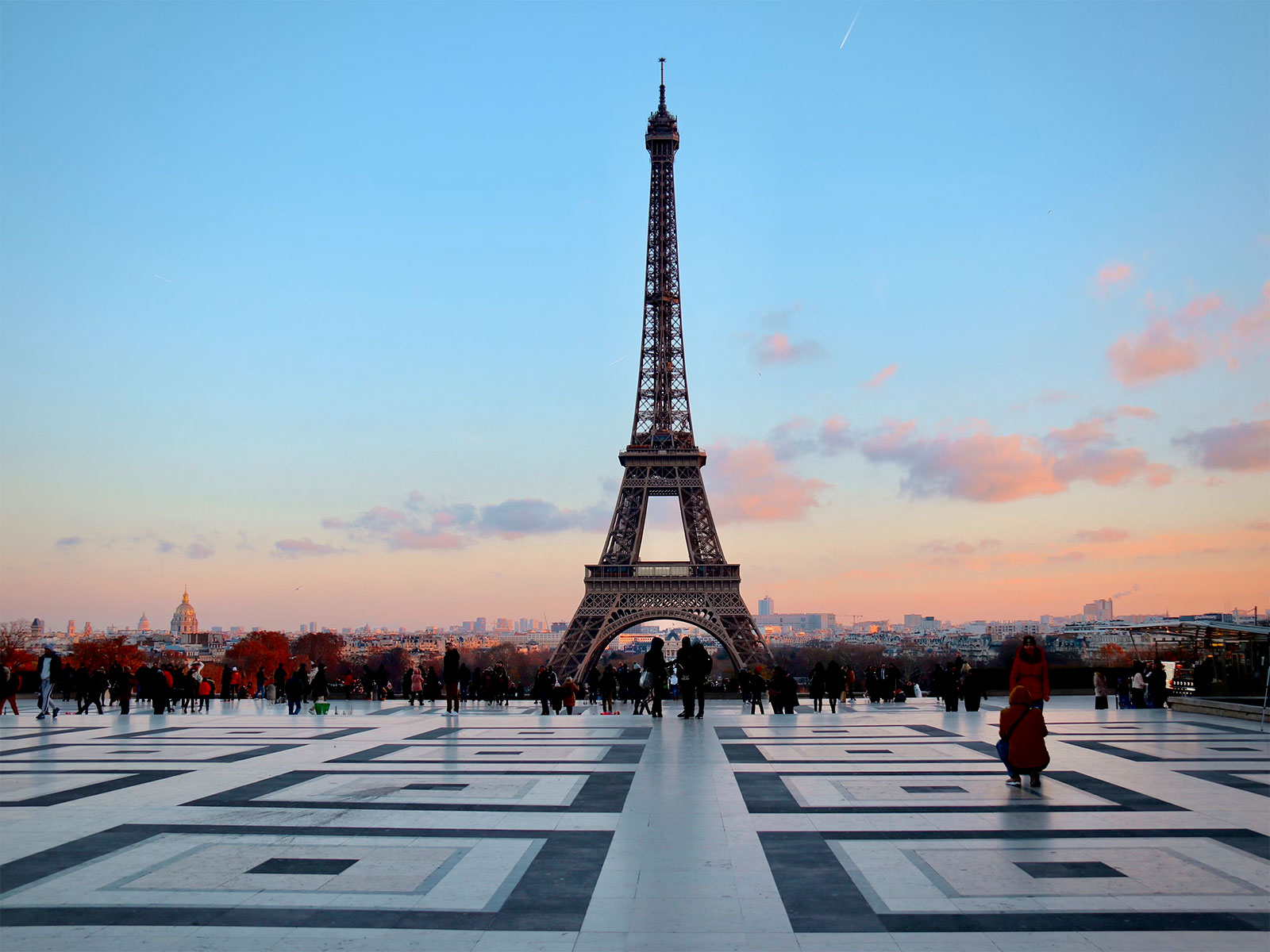An in-depth look at the Eiffel Tower’s role in tourism, economy, and Paris’s urban landscape, with practical visitor information.
The Eiffel Tower, standing at 330 meters, is a central feature of Paris’s skyline and a significant contributor to its economy and tourism. In 2023, it attracted 6.32 million visitors, generating over €121 million in revenue. Located in the 7th arrondissement in Paris, it is easily accessible via public transport. Constructed between 1887 and 1889 for the Exposition Universelle, it was initially met with criticism but has since become an integral part of Paris’s identity. The tower offers various attractions across its three levels, including restaurants and observation decks. Ticket prices range from €14.30 to €35.30, depending on access levels.
Why visit the Eiffel Tower
The Eiffel Tower is one of the most visited monuments globally, with 6.32 million visitors in 2023, surpassing pre-pandemic numbers. Its popularity stems from its unique design, panoramic views of Paris, and cultural significance. The tower’s three levels offer different experiences:
- First Floor: Features a glass floor and exhibitions.
- Second Floor: Provides expansive views and dining options.
- Summit: Offers a 360-degree view of Paris and access to Gustave Eiffel’s restored office.
These features make the Eiffel Tower a must-visit for tourists seeking to experience Paris’s architectural and cultural heritage.
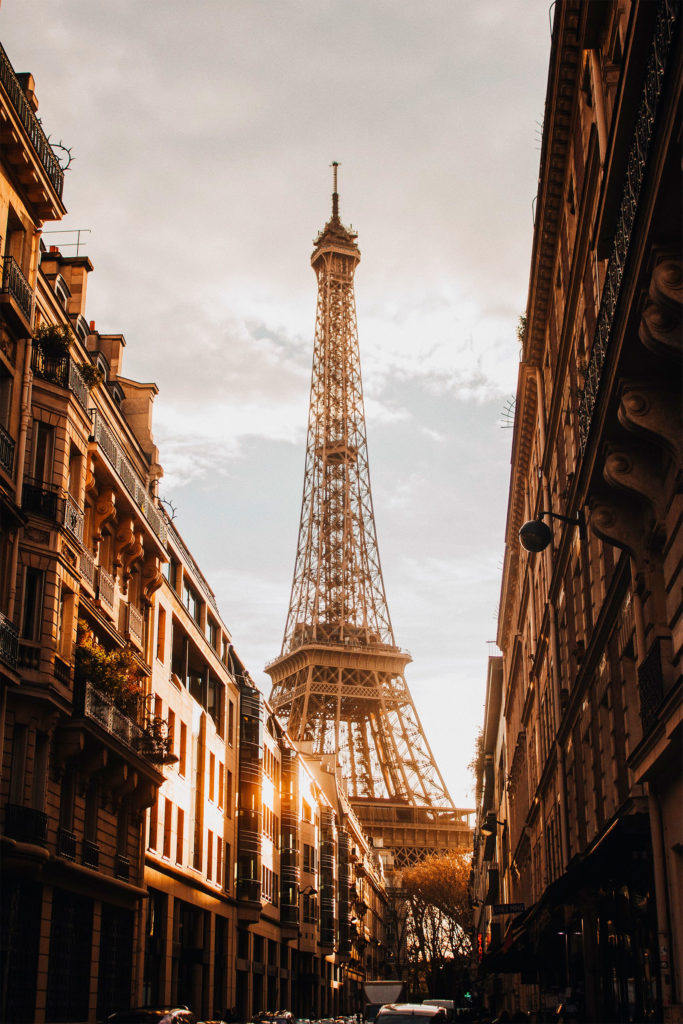
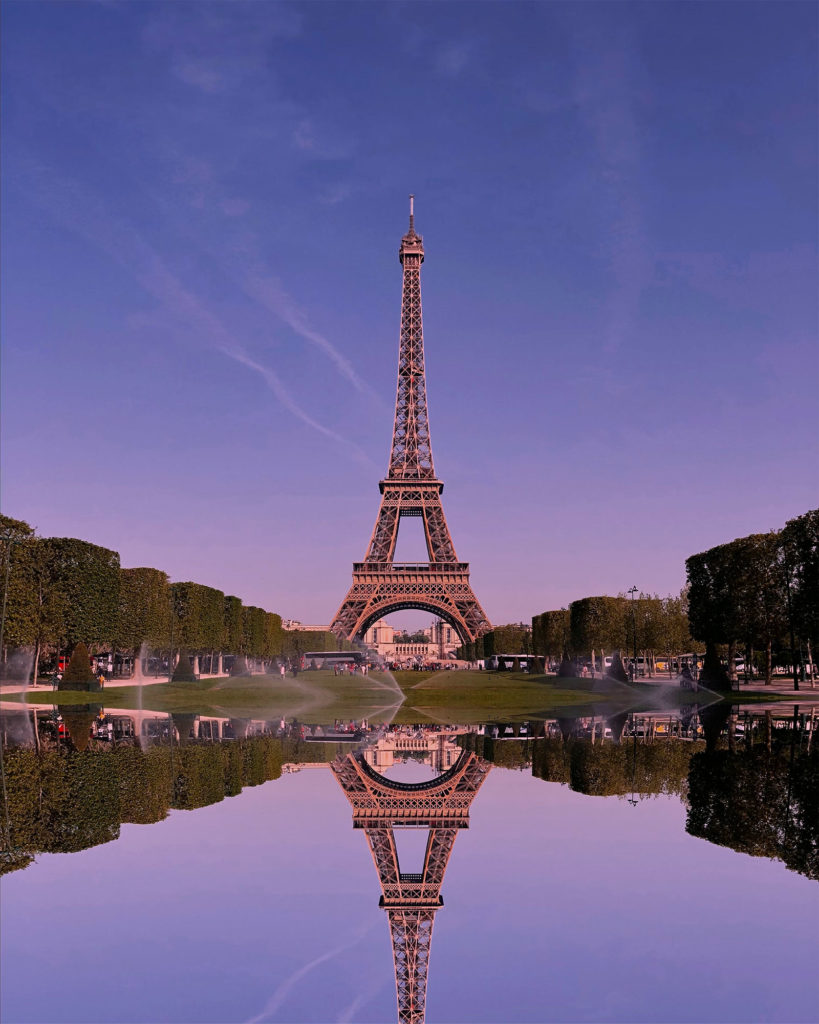
Location of the Eiffel Tower
Situated at 5 Avenue Anatole France, 75007 Paris, the Eiffel Tower stands on the Champ de Mars near the Seine River. This central location places it within walking distance of other landmarks like the Musée d’Orsay and Les Invalides.
Accessibility is facilitated by multiple public transport options:
- Metro Line 6: Bir-Hakeim Station (approx. 10-minute walk).
- Metro Line 9: Trocadéro Station (approx. 15-minute walk).
- Metro Line 8: École Militaire Station (approx. 15-minute walk).
This connectivity ensures that visitors can reach the tower conveniently from various parts of the city.
A brief history of the Eiffel Tower
The Eiffel Tower was constructed between 1887 and 1889 as the centerpiece for the Exposition Universelle, commemorating the centennial of the French Revolution. Designed by Gustave Eiffel, the tower was initially intended to be a temporary structure.
Despite initial criticism from artists and intellectuals who deemed it an eyesore, the tower gained popularity over time. Its utility in scientific experiments and as a radio transmission tower contributed to its preservation beyond the intended 20 years.
Today, the Eiffel Tower stands as a testament to 19th-century engineering and has become an enduring symbol of Paris.
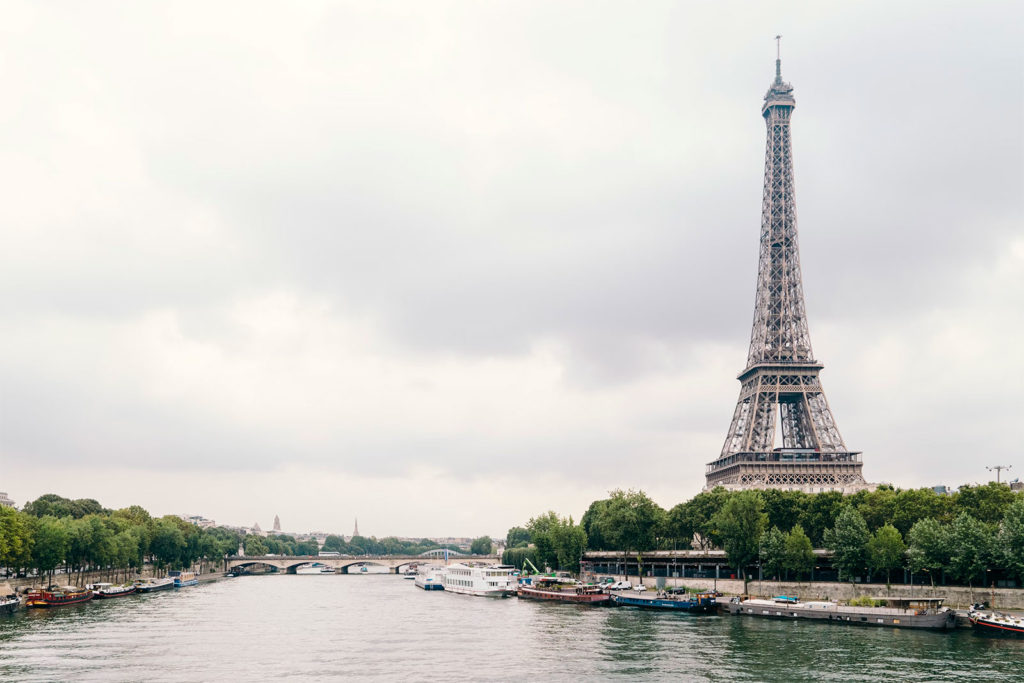
Importance of the Eiffel Tower (for tourism, local symbolism, the environment)
Tourism
The Eiffel Tower is a significant driver of tourism in Paris. In 2023, it attracted 6.32 million visitors, generating over €121 million in revenue. This influx supports local businesses and contributes to the city’s economy.
Local Symbolism
Beyond its economic impact, the tower serves as a cultural icon. Its presence is deeply ingrained in Paris’s identity, appearing in various forms of media and serving as a backdrop for numerous events.
Environment
The Eiffel Tower has embraced sustainability initiatives, including energy-efficient lighting and waste reduction programs. These efforts align with broader environmental goals and demonstrate the tower’s commitment to ecological responsibility.
Special features of the Eiffel Tower
The Eiffel Tower boasts several unique features:
- Height: At 330 meters, it was the tallest man-made structure until 1930.
- Construction: Comprised of 18,038 iron parts and held together by 2.5 million rivets.
- Lighting: Illuminated by 20,000 bulbs, it sparkles for five minutes every hour after sunset.
- Wind Resistance: Designed to sway slightly in the wind, ensuring structural integrity.
These features not only highlight the tower’s architectural ingenuity but also enhance the visitor experience.
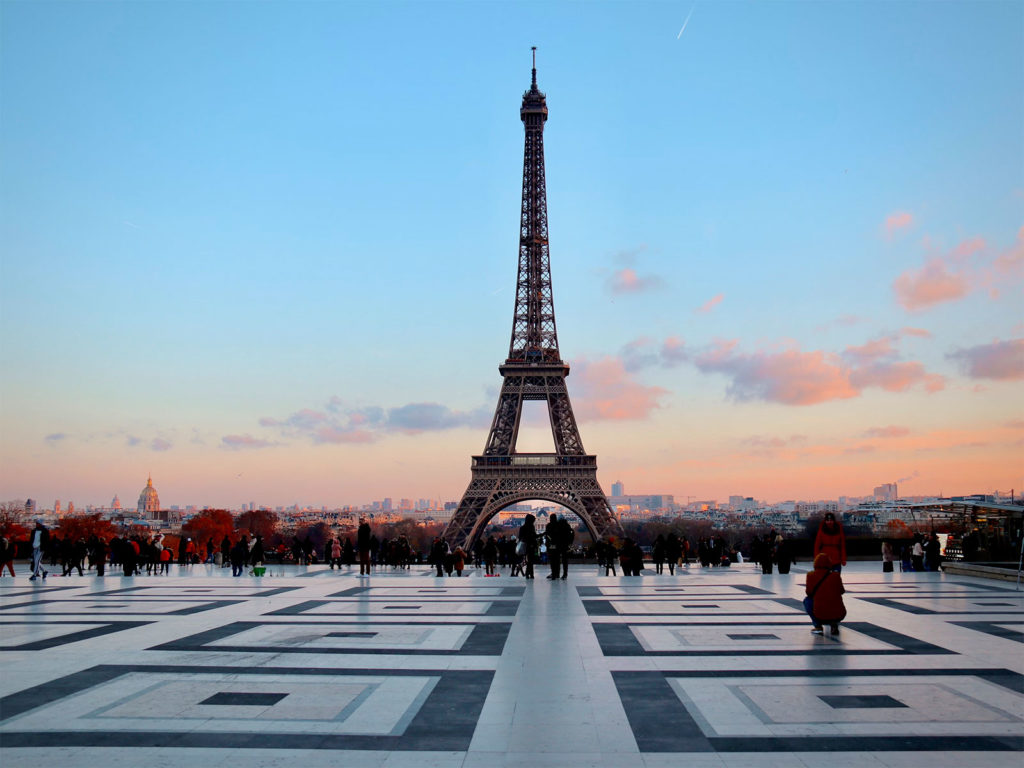
How to visit the Eiffel Tower
Best Times to Visit
To avoid crowds, consider visiting early in the morning or during weekdays. Peak tourist seasons are during summer months and holidays.
Practical details for your visit
The Eiffel Tower is located in a high-security zone, so bag checks and metal detectors are mandatory before entry. Visitors should allocate at least 2 hours for a full visit, especially when ascending to the summit. Online reservations are recommended via the official website (toureiffel.paris) to avoid long waiting lines.
Children under 4 years enter free of charge, and reduced rates are available for youth (12–24 years) and persons with disabilities. As of April 2025, ticket prices are as follows (converted from euros to other currencies):
- Elevator to summit: €35.30 ≈ $38.50 USD ≈ £30.50 GBP
- Elevator to 2nd floor: €22.60 ≈ $24.60 USD ≈ £19.50 GBP
- Stair access to 2nd floor: €14.30 ≈ $15.60 USD ≈ £12.40 GBP
Nearby infrastructure and services
The surrounding area includes several amenities such as:
- Cafés and snack bars on the first and second floors
- The Le Jules Verne restaurant, operated by Frédéric Anton (1 Michelin star)
- Public restrooms on each level
- A souvenir shop at each exit
Additionally, the tower is near several Parisian bus lines, RER trains (Champ de Mars – Tour Eiffel, Line C), and Velib’ bike stations, offering diversified transport options.
Weather considerations
The Eiffel Tower remains open in light rain or wind but may close access to the summit during high winds or adverse weather. Visitors should consult the official site for real-time updates, especially during winter months.
XperienceFrance is your travel specialist in France.
